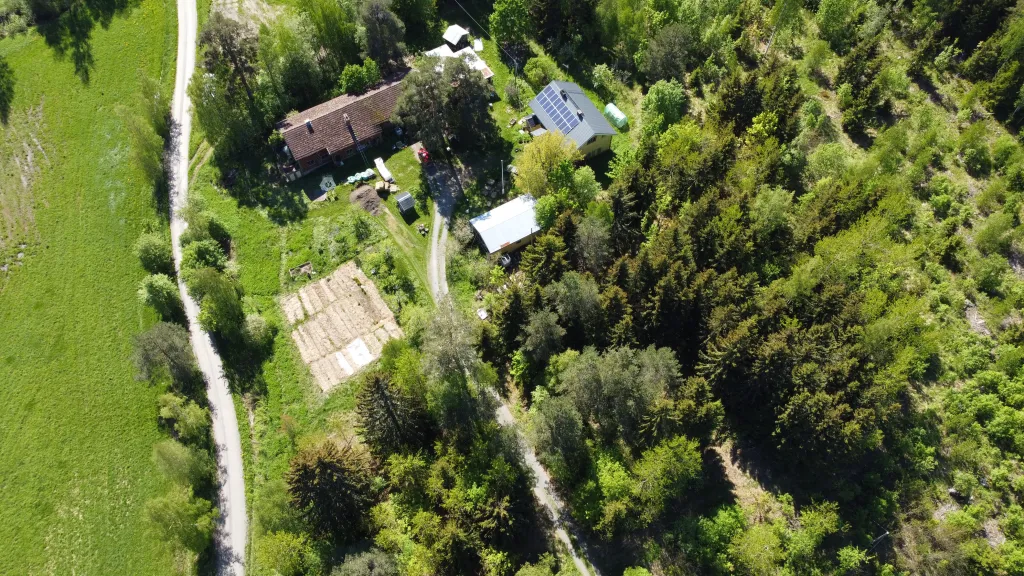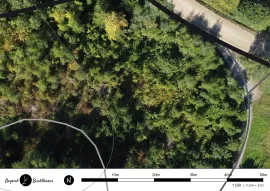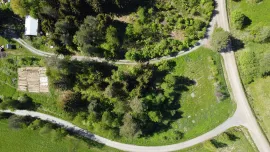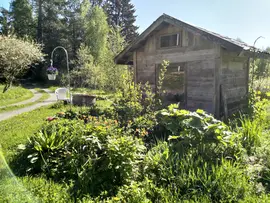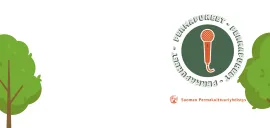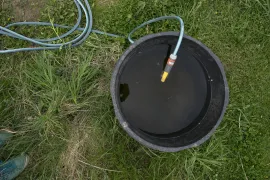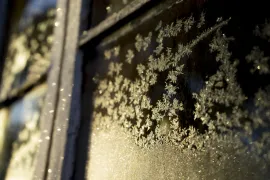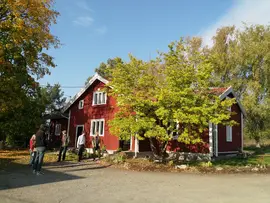Definition of permaculture
Permaculture is a design philosophy /methodology and set of practices that aim to create sustainable and self-sufficient human settlements and agricultural systems (and of course everything that is related to it). It is based on the principles of working with, rather than against, nature; maximizing efficiency and minimizing waste; and taking a holistic and integrated approach to design.
Permaculture practices include using diverse plant and animal species in mutually beneficial relationships, incorporating elements such as composting, water management, and natural building materials into designs, and minimizing the use of non-renewable resources. Permaculture can be applied to a wide range of contexts, including urban and rural settings, and is often used in agriculture, forestry, and land management.
Techniques and strategies
Some common techniques and strategies used in permaculture include:
- Plant guilds: Groupings of plants that have mutually beneficial relationships, such as a fruit tree surrounded by nitrogen-fixing plants, pest-deterring plants, and plants that attract beneficial insects.
- Polycultures: Planting a diverse mix of crops together, rather than a monoculture of a single crop, which can improve soil health, increase pest and disease resistance, and improve overall yield.
- Agroforestry: Integrating trees and shrubs into agricultural systems, often by planting trees and crops together in a way that maximizes their productivity and ecological benefits. Good example is the multistrata agroforestry - the food forest.
- Water harvesting and management: Capturing and storing rainwater and using it efficiently, through techniques such as swales, contour planting, and cisterns.
- Composting: Decomposing organic matter to create a nutrient-rich soil amendment that can be used to fertilize plants.
Permaculture has the potential to help create more sustainable and resilient communities and food systems, and is increasingly being adopted around the world as a way to address environmental and social challenges.
If you want to learn more about permaculture and permaculture education read on at https://nordicpermaculture.org
Articles tagged with Permaculture
Recap – Permablitz designCamp 2021
In 2020 I designed a new type of permaculture course, the design crash course called designCamp. By stepping through a design process in one or two days the participants learn about the process and get inspiration. Read the recap of the 2021… more
Eutopia borealis
When Lumia and I moved to Finland in 2016 we started observing right away. We discovered micro climates, areas where edible fungi grew, natural trees nurseries, etc. We also noticed one particular area. An area that somehow seemed out of context… more
Garden feelings in June
Our five year anniversary at Beyond Buckthorns came and went. I will show you how our place is looking now, in beautiful and hot June 2021.
PermaPuheet
The PermaPuheet is a design for a series of lectures for the Finnish Permaculture Association. It was well received by many members and helped to more than double the number of members within 3 month.
Catching the rain
At Beyond Buckthorns we have our own well. It is 12 – 13 meters deep and is connected to a pump that starts when there is demand. Well water is our drinking and washing water. In 2017 we got hit by 2 droughts. Both together made it necessary to… more
Communications at the Finnish Permaculture Association
The idea for this design started in 2017 during a meeting of the Finnish Permaculture Association. When I became chairman of the board in 2019 I was in a unique position. The association was in transition towards sociocratic circular method. The… more
Piirit Koroisilla
The Finnish Permaculture Associations events are always nice. This autumn we met in Koroinen, Turku. Read all about it!

